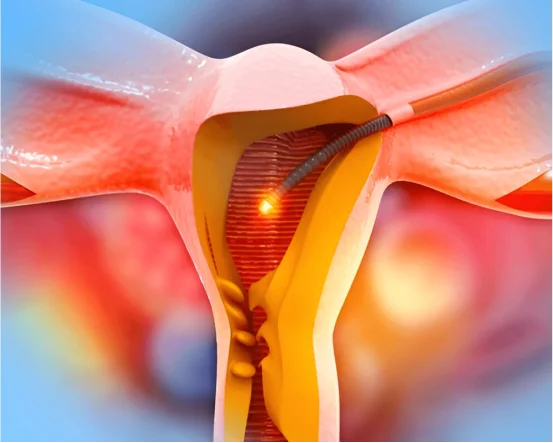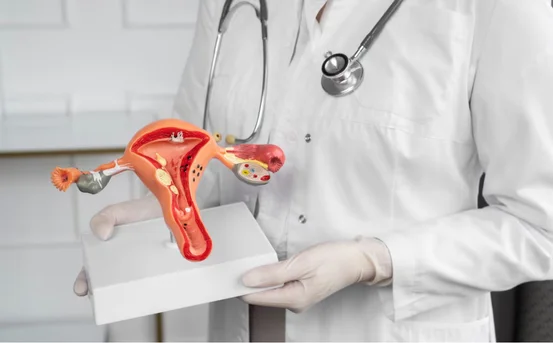Electrocautery, a term frequently heard in surgical and dermatological settings, refers to the process of using electrically heated instruments to burn or destroy tissue. It is commonly used to stop bleeding, remove abnormal growths, or create surgical incisions. While the technique is a staple in many surgical procedures, not many people fully understand why electrocautery is used or what necessitates its use.
Electrocautery involves the use of an electrically heated instrument to burn, cut, or coagulate biological tissue. While the term may sound complex, the principle is simple: by applying controlled heat through a specialized device, healthcare professionals can treat a wide range of conditions with higher precision and lower risk than traditional surgical tools alone.
What is Electrocautery?
Electrocautery, also known as thermal cautery or diathermy, is a medical technique that involves using a direct or alternating electrical current to heat a metal wire or probe. This heated element is then applied to tissue for the purpose of coagulation, cutting, or destruction. It differs from electrosurgery, where the current itself is passed through the tissue. In electrocautery, the electric current doesn’t enter the body directly it only heats the instrument.
The procedure is widely used in general surgery, dermatology, gynecology, ENT, urology, and various minor outpatient procedures. Electrocautery can be monopolar or bipolar, depending on the surgical requirements.
Primary Causes of Electrocautery
Understanding the causes of electrocautery involves identifying the various medical and surgical situations where this technique becomes necessary. Below are the most common scenarios:
-
To Control Bleeding (Hemostasis) :- One of the leading causes of electrocautery use is to achieve hemostasis, or the stopping of blood flow during surgical procedures. When blood vessels are cut or damaged, especially in vascular rich areas, bleeding can obscure the surgical field and increase the risk of complications. Electrocautery effectively seals off small blood vessels by denaturing proteins and causing coagulation, minimizing blood loss and maintaining a clear view for the surgeon.
This makes electrocautery particularly important in surgeries involving the skin, liver, spleen, and mucosal tissues, where even minor incisions can result in significant bleeding.
-
Removal of Abnormal Growths and Lesions :- Electrocautery is often employed in dermatology to remove benign or precancerous skin lesions, warts, moles, and other soft tissue growths. It is also used to treat pyogenic granulomas, seborrheic keratoses, skin tags, and basal cell carcinomas.
The heat generated by the electrocautery device destroys the abnormal tissue with precision, reducing the risk of damage to surrounding healthy tissue. The procedure is quick, minimally invasive, and often done under local anesthesia.
-
Surgical Dissection and Cutting :- Electrocautery is frequently used in place of traditional scalpels to make incisions or dissect tissue during surgery. Surgeons prefer this method in certain cases because it provides simultaneous cutting and coagulation, which reduces operative time and blood loss.
In procedures like laparoscopic surgeries, cholecystectomy, hysterectomy, and tumor resections, electrocautery ensures precise dissection with minimal trauma. It is especially helpful in areas where precision is critical or where bleeding control is paramount.
-
Tissue Destruction for Medical Treatment :- In some cases, electrocautery is not just used for removal but for destruction of pathological tissue. For instance, in treating cervical intraepithelial neoplasia (CIN) or cervical erosion, electrocautery is used to burn abnormal cells and promote regeneration of healthy epithelium.
Similarly, in ENT procedures, it may be used to treat chronic nosebleeds (epistaxis) by cauterizing problematic blood vessels in the nasal cavity.
-
Wound and Ulcer Management :- In chronic wounds or ulcers that fail to heal due to granulation tissue overgrowth, infection, or necrosis, electrocautery may be used to debride (remove) the damaged tissue. This promotes healing by creating a cleaner wound bed and reducing bacterial load.
This technique is particularly useful in managing diabetic ulcers, pressure sores, and venous stasis ulcers, often as part of a broader wound care protocol.
-
To Prevent Post-Operative Complications :- Another important reason for using electrocautery is to reduce the risk of post-operative complications such as hematoma formation or secondary bleeding. By effectively sealing blood vessels during surgery, it helps ensure a more stable recovery and lessens the likelihood of emergency interventions post-operation.
This is especially important in patients with bleeding disorders or those on anticoagulant medications, where traditional methods of hemostasis may not be sufficient.
-
Management of Internal Bleeding or Perforations :- In certain emergency scenarios such as gastrointestinal bleeding or perforated ulcers, electrocautery may be used during endoscopic procedures to cauterize the bleeding point. This is a less invasive alternative to open surgery and can stabilize the patient quickly.
Electrocautery in this context is a part of endoscopic hemostasis techniques, often used in combination with epinephrine injections or mechanical clips.
-
Cosmetic and Aesthetic Procedures :- Beyond purely medical uses, electrocautery is also utilized in aesthetic dermatology. It helps improve skin appearance by removing small vascular lesions, spider veins, and acne scars. The controlled thermal effect can tighten tissue or remove unwanted skin layers.
Because of its precision, minimal scarring, and shorter downtime, electrocautery remains a favored tool in minor cosmetic surgeries.
Safety and Considerations
While electrocautery is a routine part of modern surgical practice, it must be used with care. Overuse or incorrect application can lead to thermal burns, tissue necrosis, or delayed healing. Surgeons and practitioners follow strict protocols to ensure patient safety, such as grounding pads for monopolar systems and avoiding cautery near metal implants or pacemakers.
Additionally, smoke evacuation systems are employed to manage the plume generated by cauterized tissue, which can contain harmful bioaerosols.
Conclusion
The causes of electrocautery usage are wide-ranging, encompassing everything from basic bleeding control to complex tissue removal and aesthetic enhancement. Its effectiveness in coagulation, cutting, and tissue destruction has made it a go-to technique in numerous medical disciplines.























